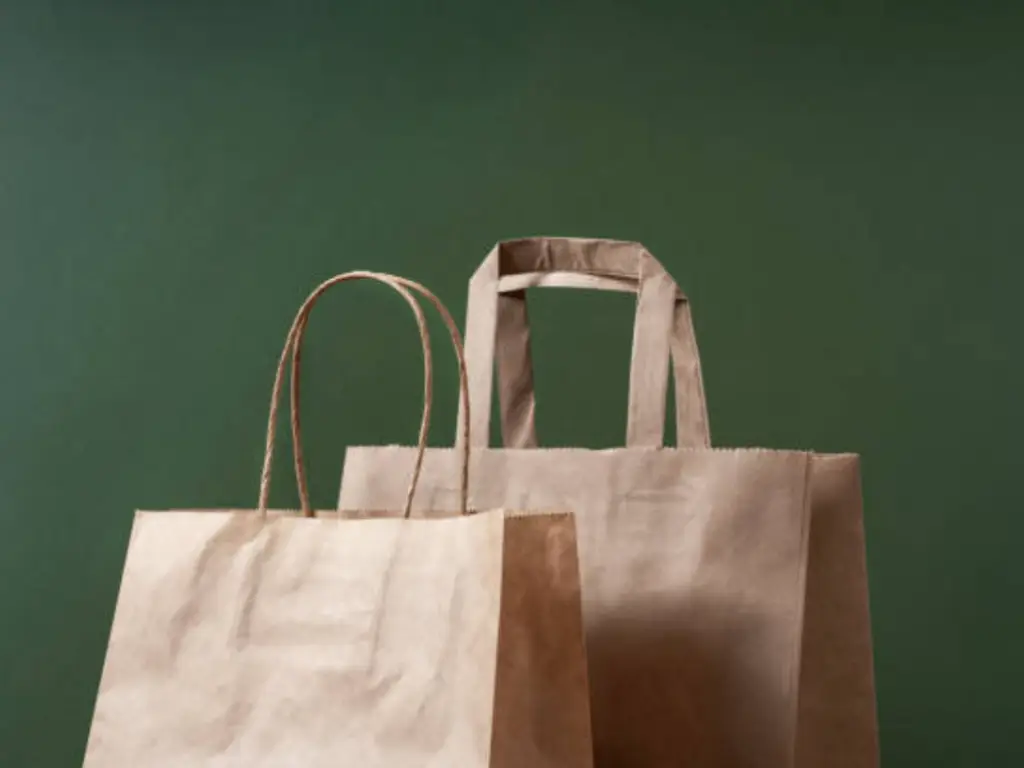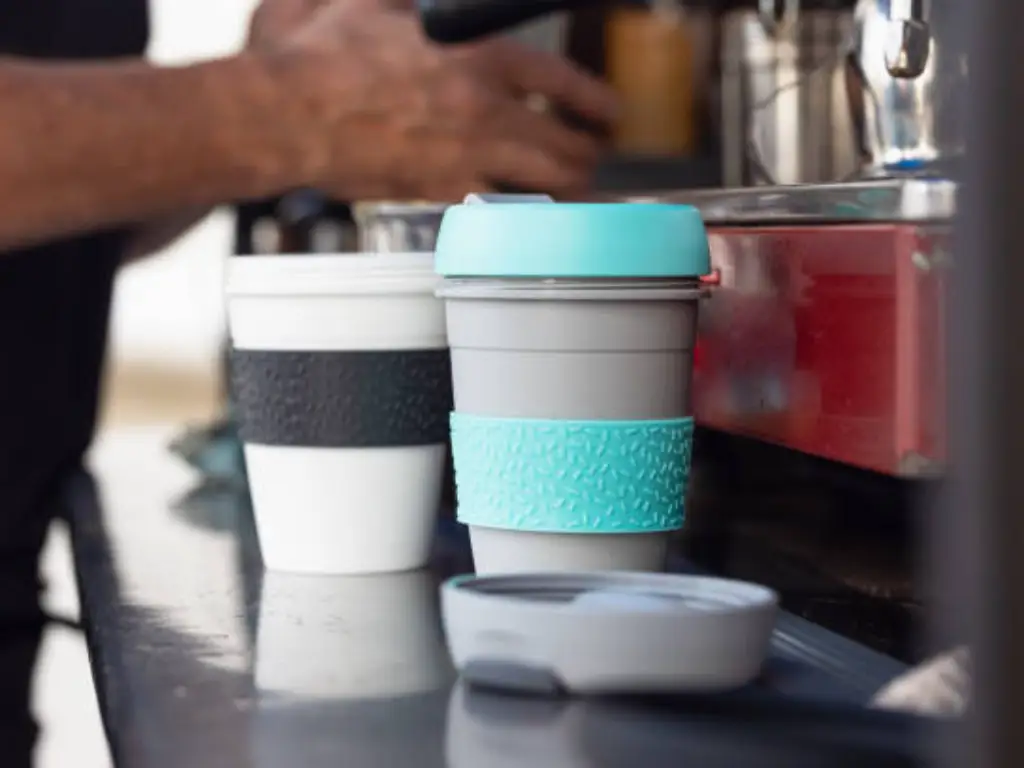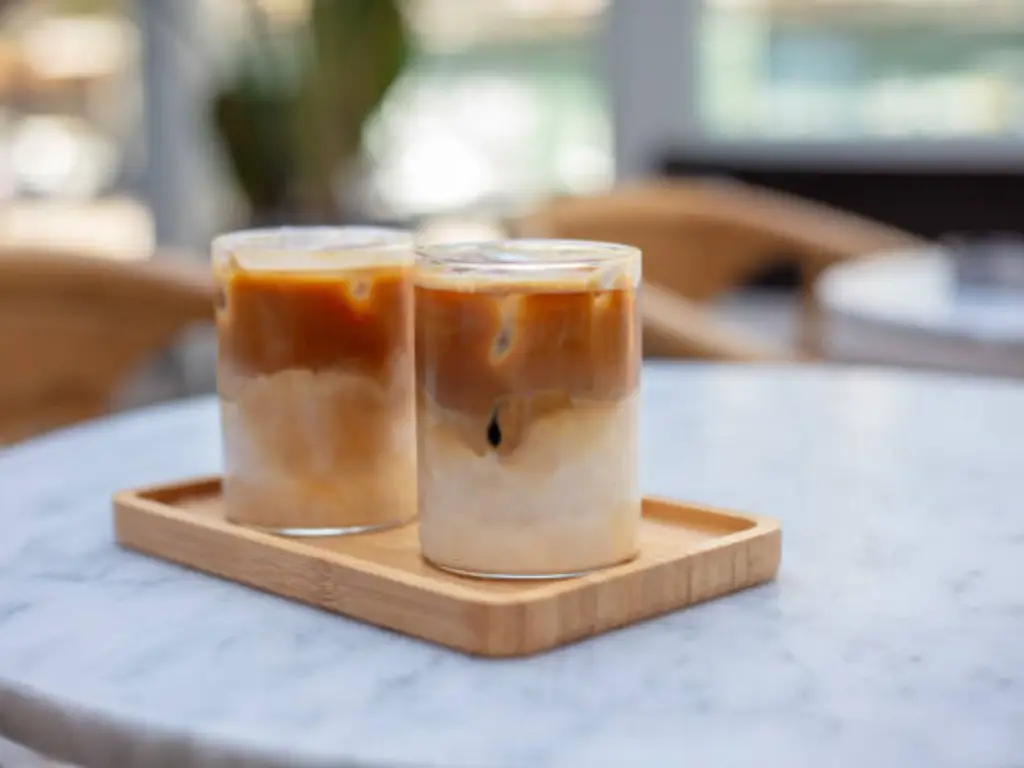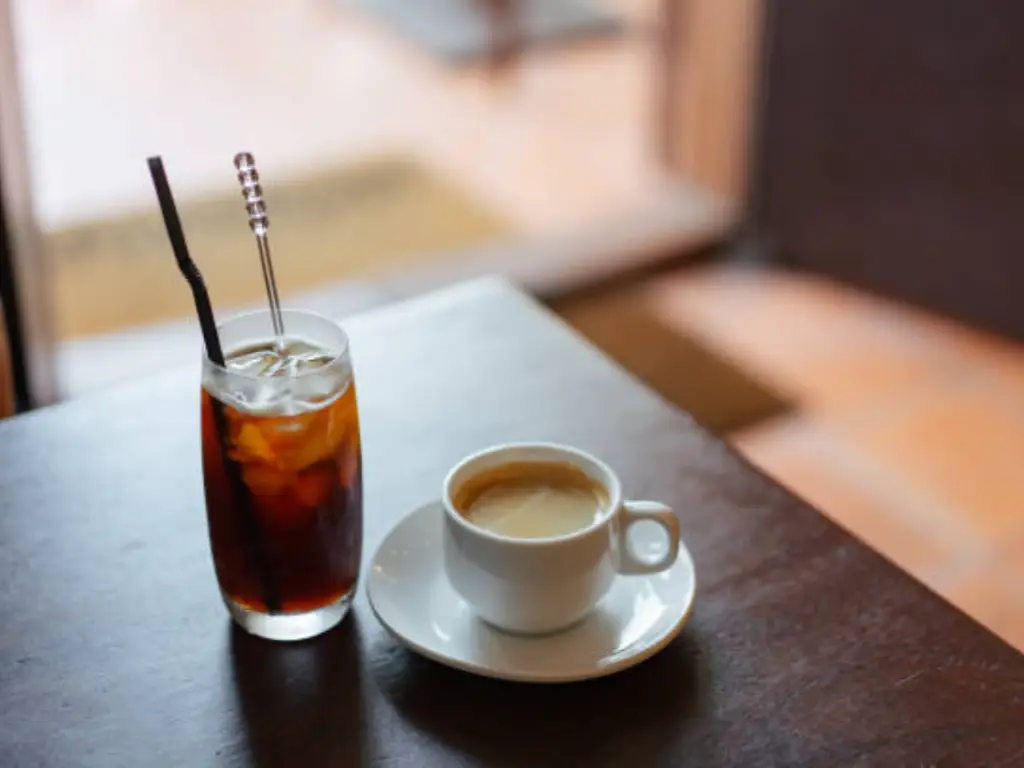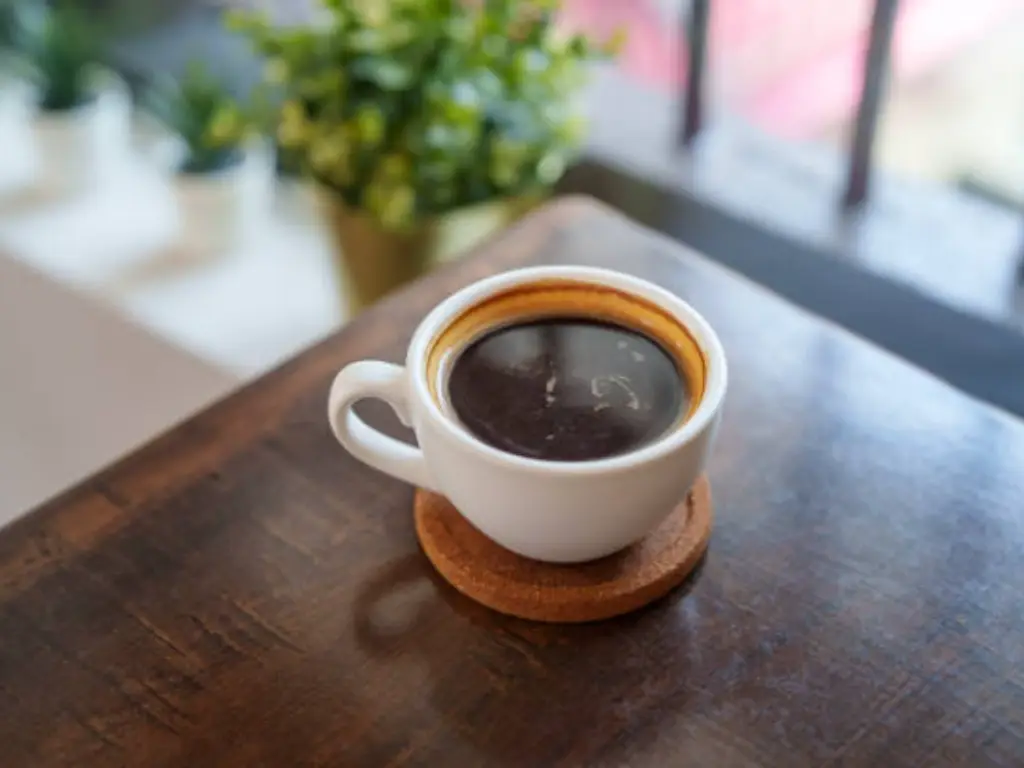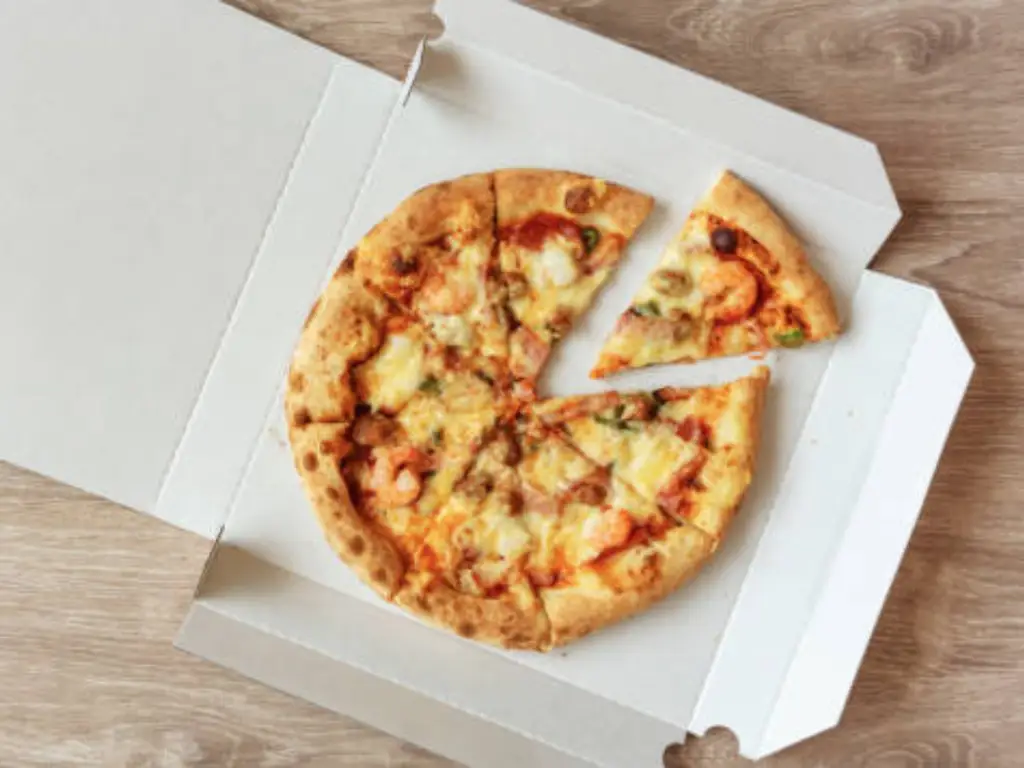
It’s a common situation: the leftover pizza lies in its original box, a convenient and appealing meal. The temptation to put the entire box in the microwave for a quick reheat is there. It looks easy, a straightforward answer to a straightforward question. But this widespread urge poses a vital question about microwave safety and food quality. Is it really safe and a good idea to microwave a cardboard pizza box? As a professional paper pizza box manufacturer, our general and strongest advice is no, unless the cardboard container is specifically labeled as ‘microwave-safe’. This guide contains the most important information you need to know to stay safe and enjoy your delicious pizza.
The Major Risks of Microwaving a Standard Pizza Box
The unwavering recommendation against microwaving these non-certified boxes is not a product of unfounded caution. It is anchored on the basic tenets of material science, chemistry, and culinary common sense. There are three main dangers that come together when you expose a typical pizza box to microwave energy: fire, chemical contamination, and a very unsatisfying meal.
| Risk Type | Description | Consequences |
| Fire Hazard | Grease and cardboard create hot spots that can reach ignition temperatures. | Potential kitchen fire due to combustion. |
| Chemical Leaching | Glues, inks, and coatings release harmful chemicals like VOCs and PFAS. | Toxic chemicals may transfer into your food. |
| Soggy Texture | Steam gets trapped, saturating the crust and box. | Pizza becomes soggy, chewy, and unappetizing. |
Fire Hazard: When Cardboard, Grease, and Microwaves Collide
The most imminent and spectacular danger is fire. A pizza box is basically paper. Cardboard has an autoignition temperature of approximately 450°F (232°C), and a microwave can easily create the conditions that are required to cause combustion. The microwave ovens operate by vibrating the water and fat molecules. The remaining grease or food residue that has inevitably penetrated the cardboard due to the cheese and toppings is a major focus of microwave energy.
These grease stains can get hot much faster than the cardboard around them, resulting in hot spots. When the moisture in the cardboard turns to steam and escapes, these dry, oil-saturated areas can soon reach ignition temperatures and catch fire. The liners or adhesives of some boxes can also include such materials as unnoticeable plastic or wax components, which do not react well to the energy, smoldering or catching fire. A loose piece of foil lining or a metal staple that is not noticed on the box can cause an arc, a literal spark that can set the paper on fire. A simple search for a warm slice can turn, within a few seconds, into a kitchen emergency. It is a risk with low chances and a catastrophic possible result.
Chemical Leaching: The Invisible Dangers in Inks, Glues, and Coatings
In addition to the obvious threat of fire, there is the hidden threat of chemical contamination. A pizza box is not simply a piece of plain cardboard, it is a manufactured product that is glued together with industrial adhesives and may be printed with inks. These parts are not usually made to be heat resistant and are not food-safe when heated.
The glues that are used to make the box can decompose and emit volatile organic compounds (VOCs) or other possibly toxic fumes when heated. These harmful chemicals may seep into the pizza and contaminate your food with chemicals that are not supposed to be consumed. On the same note, the inks used in logos and branding may vaporize or seep into the cardboard and, consequently, into the pizza. These inks can be solvent-based and pigment-based and are harmful to the body when swallowed.
Also, to avoid grease seeping through, most pizza boxes are coated with chemicals or have plastic-containing liners. PFAS (per- and polyfluoroalkyl substances) are one category of chemicals that have been used historically to do this, and they are commonly referred to as forever chemicals because they do not break down easily. Heating a box that has been treated with such chemicals can increase the rate at which they move out of the packaging into your food. Exposure to some PFAS has been associated with a variety of health issues. Unless a box is specifically labeled as free of these chemicals and safe to use in the microwave, you risk this invisible transfer.
The Soggy Bottom Problem: Why It Ruins an Otherwise Perfect Slice
Even when you do not start a fire and do not contaminate the pizza with chemicals, microwaving a pizza in its box is a sure method of ruining the pizza itself. The main problem is moisture control. The pizza emits a lot of steam as it warms up in the microwave. This steam has no escape in an enclosed cardboard box.
The moisture that is trapped in the box moisturizes the air in the box and condenses on the cardboard and the pizza. The outcome is a very disappointing meal. The once crispy crust turns into a wet, chewy and waterlogged bottom. The cheese may turn rubbery and the toppings may have a steamed flavor instead of a baked flavor. The cardboard itself gets wet and loses its structure, and becomes hard to handle.
Basically, you are steaming the pizza in its own moisture by heating it in the box. This is the opposite of what good pizza ought to be reheated. The objective of a proper reheating technique is to re-crisp the crust and melt the cheese, which cannot be done in the moist atmosphere of a closed, microwaved pizza box.
The Exception to the Rule: Situations Where You Can Microwave a Pizza Box
The default answer to this question is a resounding ”no”, but there is one important exception: you can microwave a pizza box, but only when it is clearly and specifically marked as ”microwave-safe”.
Certain manufacturers have come up with pizza boxes that are microwave-proof. These boxes are made of various materials, adhesives and inks which have been tested and certified to be safe to be used.
In order to know whether your box is safe or not, you should carefully examine it to see a clear statement or a universally accepted symbol. Look for:
- Written Instructions: The box can be printed with words indicating that it is Microwave-Safe, Microwavable, or it can give instructions on how to reheat it in the microwave.
- The Microwave-Safe Symbol: This is normally a picture of a microwave oven with wavy lines in it.
In case you cannot locate such a label, you should presume that the box is not microwave safe. Do not guess. Lack of warning does not imply a statement of safety.
It is important to be careful and adhere to all instructions given even when using a certified microwave-safe box. This is typically done by heating very briefly (e.g., 30-60 seconds) and observing it carefully. Also, the box should contain food; heating an empty box will make it heat up quickly since the energy is not consumed by the food and thus more prone to catching fire.
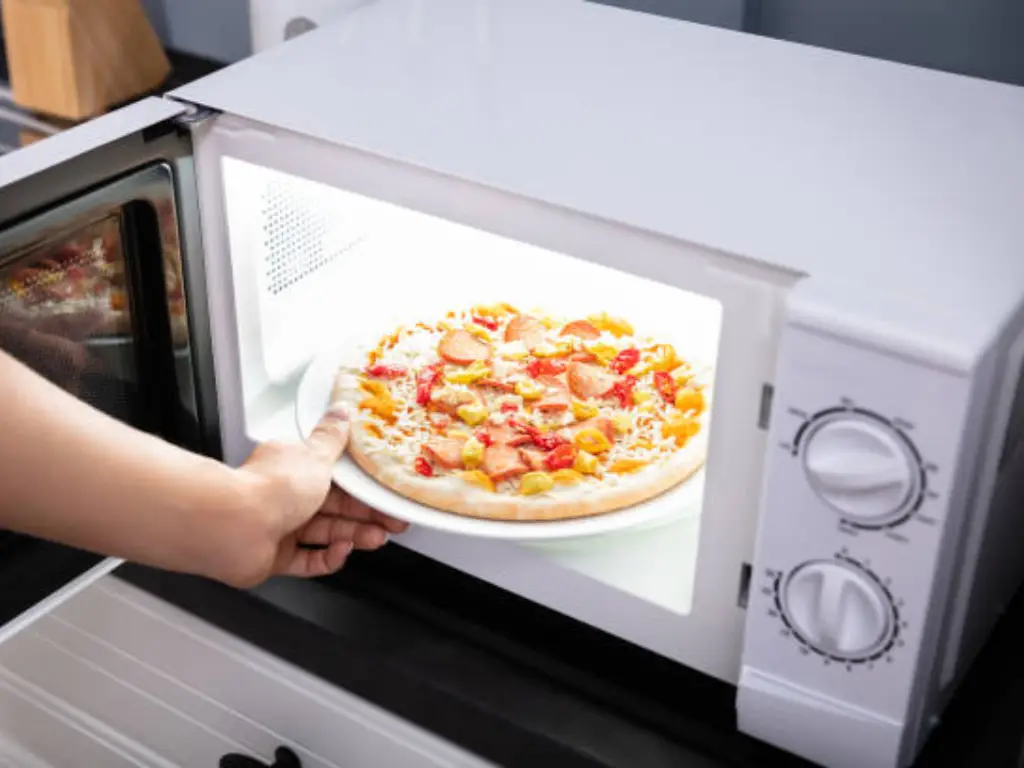
The YOONPAK Standard: How Our Customization Fits Your Needs
Founded in 2000, YOONPAK brings over 24 years of experience in the packaging industry. We don’t just manufacture boxes—we also provide design tailored solutions that solve real risks for food businesses. Our principle is simple: a pizza box should be crafted with the same care as the pizza inside.
Through our free design support, we help clients create structures that enhance safety, function, and brand value. Every material we use meets FDA and LFGB food-contact standards, and our production is certified under ISO 9001, ISO 14001, BRC, and BSCI systems. For printing, we rely only on food-grade soy or water-based inks—non-toxic, odorless, and low migration—ensuring product integrity.
Whether you need grease resistance, structural strength, or microwave-safe solutions, YOONPAK delivers packaging engineered to your exact needs. Talk to our team today and discover how YOONPAK can transform your packaging
Smart Alternatives: Better and Safer Ways to Reheat Leftover Pizza
Luckily, the risks of the pizza box do not imply accepting cold pizza. A few easy techniques not only ensure safety, but also produce a much better culinary outcome, returning your leftover slices to a near-original state.
- Skillet Method (Recommended 1-2 Slices): This is often considered the best method for single slices. Put a slice of cold pizza in a non-stick skillet and heat over medium heat. Allow it to cook for two to three minutes, until the bottom is crisp. Then, put some drops of water in the pan not touching the pizza and cover it with a lid at once. The cheese will be melted in the trapped steam in approximately one minute. The outcome is a crunchy bottom crust and toppings that are well heated.
- Oven Method (Best with Multiple Slices): Preheat your oven to 375°F (190°C). Put the slices of pizza on the rack of the oven or on a heated baking sheet. They are crisper when heated directly on the rack. Bake 8-10 minutes, until the cheese is bubbly and the crust is firm.
- Air Fryer Method (Best to Use to Achieve Speed and Crispness): Preheat your air fryer to 350°F (175°C). Put in the basket one or two slices, not overlapping. Bake 3-5 minutes. The hot air circulating does miracles, producing a very crisp crust and perfectly melted cheese in a short period of time.
- The Microwave (The Right Way): In case you have to use a microwave to save time, do it the right way. Put a piece of pizza on a microwavable plate. To make it a little less wet, you can put a paper towel under the slice to soak up some of the moisture. Others swear by putting a small cup of water in the microwave with the plate, which they say will help it heat the pizza more evenly, but it may not work. Warm up in 30-second intervals until it is just hot.
What About the Oven? A Quick Note on Pizza Boxes in Ovens
The reasoning may be that since a microwave is dangerous, an oven may be a good alternative to heating the pizza in the box. This is a fatal misconception. Putting a cardboard pizza box in a regular oven is unquestionably unsafe and must not be attempted.
Ovens are used to produce a hot environment. According to it, the ignition temperature of cardboard is approximately 450°F, which most home ovens can achieve. Putting the box inside is not a question of risk; it is a virtual certainty of burning. The direct, radiant heat will dry the paper and set it on fire, resulting in a major fire. The glues and inks will also give off fumes much more easily in the dry, hot heat of an oven.
Never put the box in the oven. Always remove the pizza and put it on a suitable baking sheet or the rack.
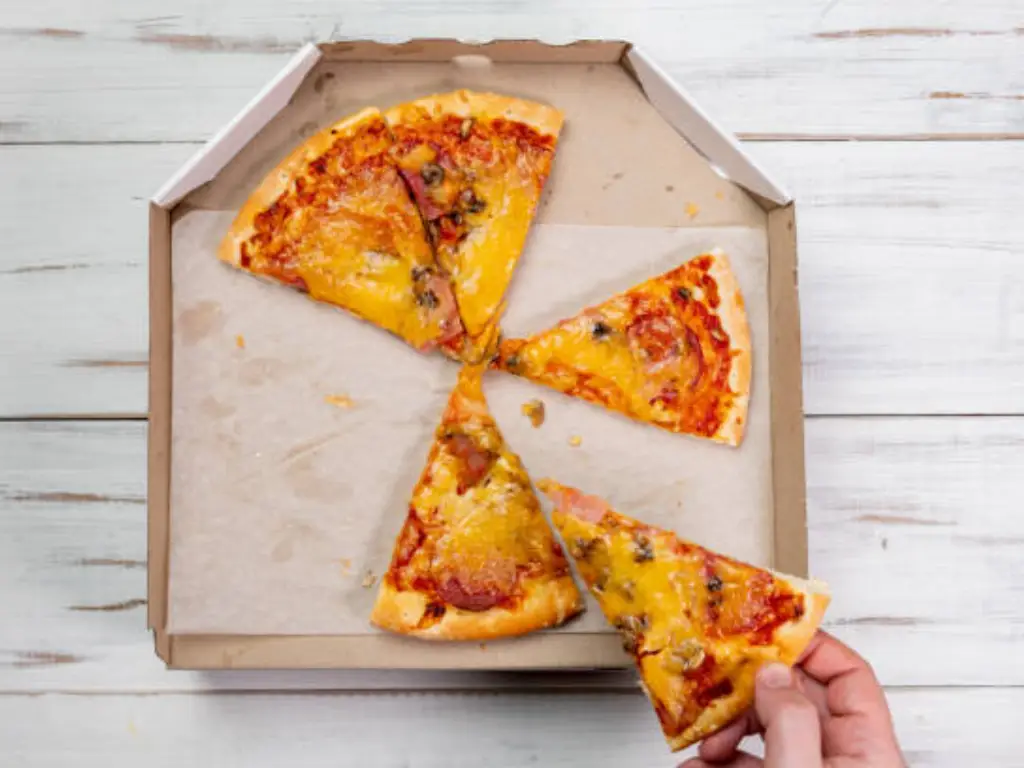
Conclusion
The ease of microwaving a pizza box is outweighed by grave and unquestionable dangers. The risk of fire, the inevitability of chemical leaching of unsafe materials, and the assurance of a wet, spoiled meal make it a habit not to be practiced. The exception is boxes clearly labeled as microwave-safe, although even then care should be taken.
In the case of all others, the safest option is obvious: take the pizza away. With safer and more efficient options such as an oven, skillet, or air fryer, you not only save your home and your health but also make sure that your leftover pizza will taste as good as it is supposed to.
FAQS
Q: Can I put a Domino’s pizza box in the microwave?
A: No. Domino’s officially advises against it. Their boxes are not designed for microwave use and pose fire and chemical risks. Always remove the pizza and place it on a microwave-safe plate before heating.
Q: Is it okay to microwave a cardboard box?
A: No, unless it is explicitly marked “microwave-safe.” Standard cardboard contains unknown glues, inks, or coatings that can be hazardous when heated. If there is no microwave-safe label, transfer the food to a proper container.


